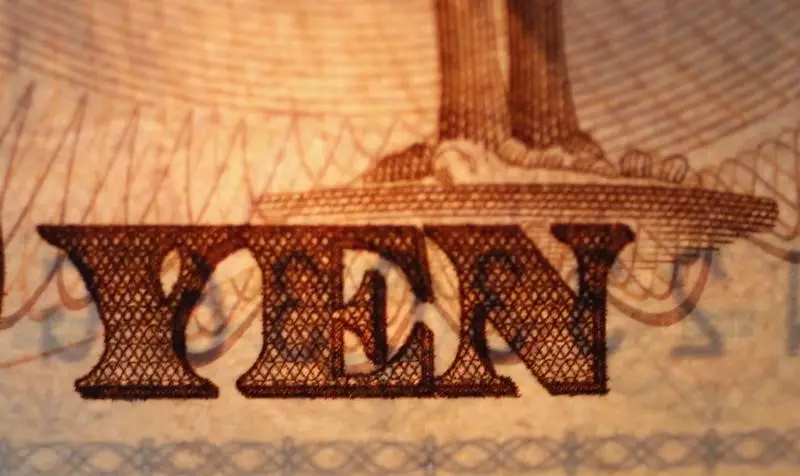The Japanese yen has been under pressure recently, with the USDJPY pair inching closer to key intervention levels. Most recently, the pair rose to 159.93 yen on Monday, approaching the significant 160 yen mark. This level has not been seen in over 30 years and could trigger government intervention, as it did in May when the pair fell to 151 yen after such action was taken.
BOJ’s Dovish Signals and Economic Readings
The decline of the yen can be attributed to dovish signals from the Bank of Japan (BOJ) during its June meeting. The central bank decided to keep interest rates unchanged and indicated that there were no immediate plans to tighten policy. Furthermore, a decision on reducing bond purchases is expected to be made in July. These announcements disappointed traders who were anticipating a more hawkish approach from the BOJ. Additionally, weak economic readings, particularly in inflation, have contributed to the yen’s decline.
The minutes of the BOJ meeting, released recently, reiterated the bank’s willingness to raise rates if the Japanese economy shows signs of improvement. However, data from the first quarter of 2024 indicated a contraction in the economy, painting a less than optimistic picture. Despite raising rates for the first time in 17 years in March, the move did little to bolster the yen, which continues to be influenced by the interest rate differentials between the U.S. and Japan.
Top currency diplomat Masato Kanda has been vocal about the potential for government intervention in foreign exchange markets. He has warned that in the face of “excessive” movements in the yen, he will instruct the BOJ to intervene. This comes as the yen remains fragile and vulnerable to external factors.
The Japanese yen’s current state is precarious, with the USDJPY pair edging closer to intervention levels. The BOJ’s dovish signals and the lackluster economic performance have contributed to the yen’s weakness. Despite warnings from government officials, intervention may be necessary to stabilize the currency and prevent further depreciation. Investors and traders should closely monitor developments in the coming months to gauge the future direction of the Japanese yen.

